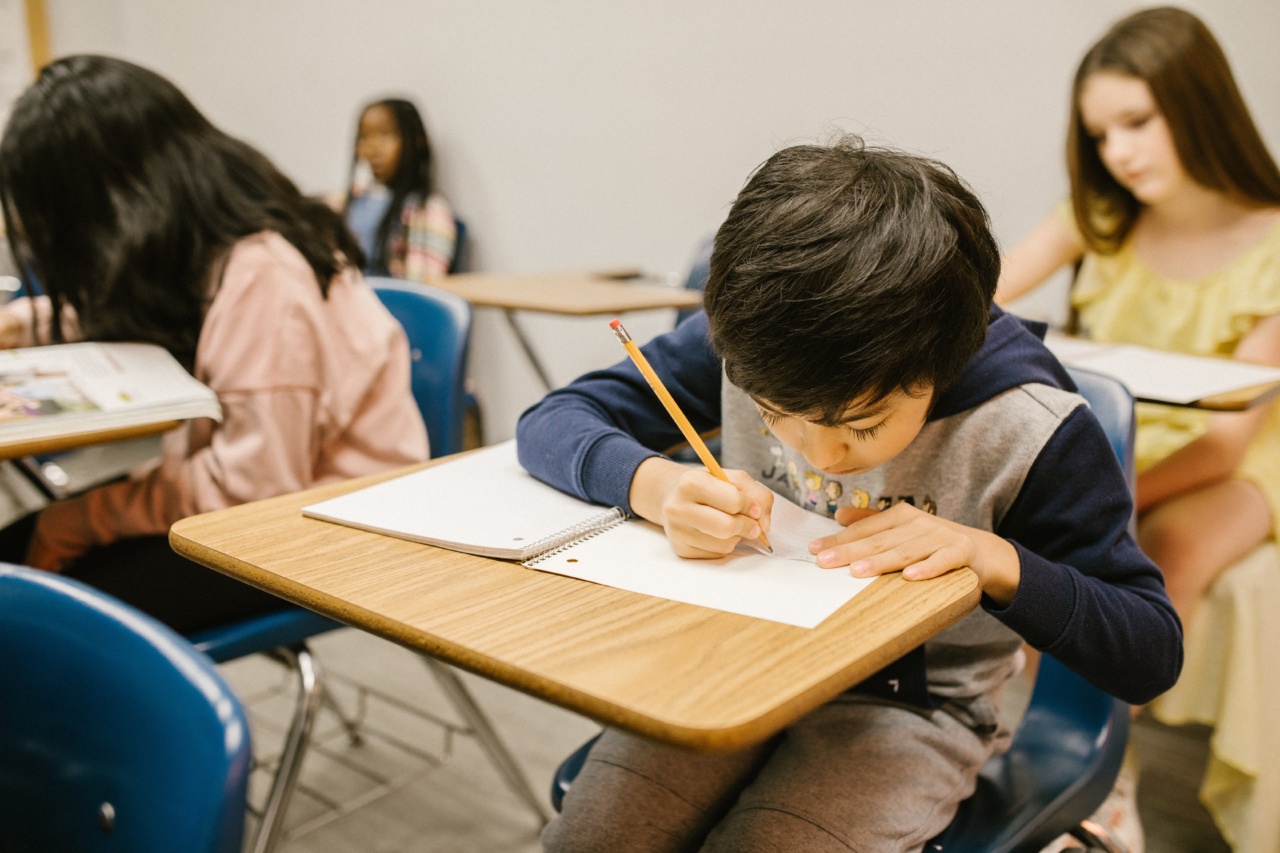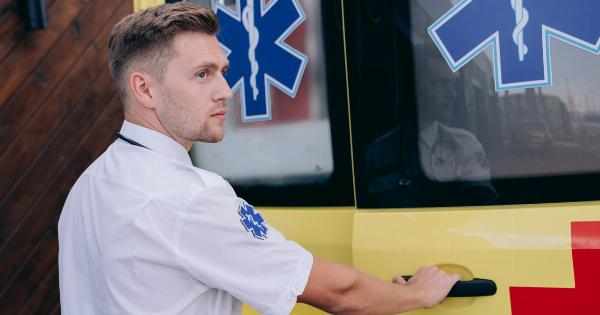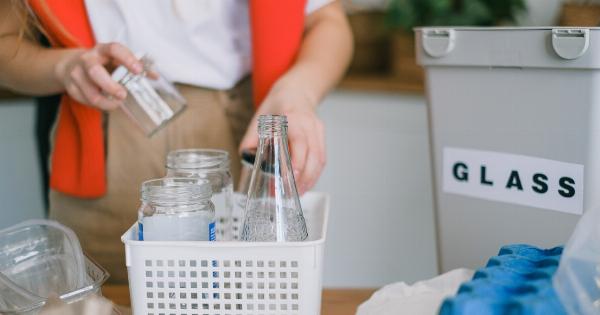Bleeding is one of the most common emergencies that people encounter in their daily lives. It can occur due to many factors ranging from cuts, falls, accidents to chronic medical conditions, such as hemophilia.
Stopping the bleeding, however, can be crucial in preventing severe blood loss and potentially life-threatening conditions. Hence, it is essential to learn how to stop bleeding in different scenarios. This article will detail some of the common ways to stop bleeding and provide step-by-step instructions.
1. Apply direct pressure
In most cases, direct pressure is the best way to stop bleeding. It works by compressing the blood vessels, which slows and ultimately stops the bleeding. To apply direct pressure:.
- Clean the area of the wound with sterile gauze or a clean cloth to prevent infections.
- Place a clean cloth or sterile gauze over the wound and apply firm pressure using your fingers or palm.
- If the bleeding does not stop, apply more pressure and elevate the bleeding area above the heart level to reduce blood flow.
- Hold pressure for at least 10-20 minutes or until the bleeding stops.
- If the bleeding does not stop, go to the hospital immediately.
2. Use a tourniquet
A tourniquet is a device used to apply pressure to a limb to help control bleeding. It should only be used as a last resort or in an emergency when the bleeding cannot be stopped using direct pressure. To use a tourniquet:.
- Place the tourniquet 2-3 inches above the wound and between the wound and the heart.
- Tighten the tourniquet until the bleeding stops.
- Mark the time the tourniquet was applied.
- Do not loosen or remove the tourniquet unless medical help arrives.
3. Apply a pressure dressing
A pressure dressing is a bandage applied over a wound with the aim of applying pressure to the bleeding area. It can help stop external bleeding from wounds and reduce the risk of infection. To apply a pressure dressing:.
- Clean the wound and cover any open skin with sterile gauze or clean cloth.
- Place a sterile gauze or clean cloth on top of the bleeding area.
- Apply a tight bandage over the wound and wrap it around the limb or body part.
- Check the bandage frequently to ensure it is not too tight.
- If the bleeding does not stop, seek medical help immediately.
4. Use a hemostatic agent
A hemostatic agent is a substance used to promote clotting and help stop bleeding. They can be in the form of powders, gels or dressings and are commonly used in situations where direct pressure and other methods have failed to stop bleeding.
To use a hemostatic agent:.
- Clean the wound with sterile gauze or cloth.
- Pour the powder or gel over the bleeding area or apply the dressing to the wound.
- Apply firm pressure to the area, ensuring the hemostatic agent stays in place.
- Wait for the required amount of time for the hemostatic agent to stop the bleeding.
- Seek medical help if the bleeding does not stop or worsens.
5. Seek medical attention
If the bleeding cannot be stopped or is severe, seek medical attention immediately. Signs of severe bleeding include:.
- Bleeding that does not stop with direct pressure
- Bleeding from a puncture wound, especially to the head, neck, or abdomen
- Bleeding after a major injury such as a car accident or fall that results in a fracture
- Signs of shock such as rapid heartbeat, shortness of breath, or confusion
In summary, bleeding can happen to anyone at any time and stopping it quickly and effectively is crucial.
Applying direct pressure, using a tourniquet, applying pressure dressing, using hemostatic agents, and seeking medical attention are the most common ways to stop bleeding. Learning these techniques and being prepared can help save lives in an emergency situation.




























